Together, the Belgrade Fortress and its Kalemegdan Park are the cultural monuments of exceptional value, the venue where numerous sports, cultural, and artistic manifestations are held, the place for fun and distraction to all generations of Belgraders and to an ever growing number of out-of-town visitors. In order to present more closely the opportunities offered to organizers by this unique space, we interviewed the Belgrade Fortress PR, Ms Ana Rajlić.
1. The Belgrade Fortress, together with Kalemegdan Park, is the landmark of Belgrade one cannot avoid. How much is the Fortress used to organize corporative events, incentives and team building tours?
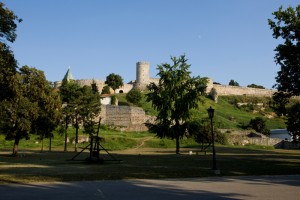
The Belgrade Fortress, together with Kalemegdan Park, extending over some 60 hectares, represents a space of particular interest to the Republic of Serbia and is protected by the Law on Cultural Wealth. As such, it is very attractive both to tourists and organizers of various events. It is mostly used during the summer season, when it is possible to organize open-air manifestations. In 2010 the complex was visited by more than two million visitors, there were over 100 different cultural, entertainment, and sports events organized, a string of promotional activities, press conferences, student workshops and seminars….
Beside hosting great manifestations attracting the largest number of visitors (Food and Beverages Festival, Belgrade Days, European Heritage Days, Fish Fest, Belgrade Race Through History), the Belgrade Fortress was also the venue for various seminars and workshops: the International Workshop for Students of Architecture, a seminar on Reserve Parachute organized by the Aviation Association of Belgrade, ‘Widened Set Design’ seminar, First Aid International Competition organized by the Red Cross of Serbia. The Belgrade Fortress also hosted the Scouts Association of Serbia last year, the International Union for the Study of Roman Ceramics, the Serbian Society of Special Education Teachers and numerous other organizations and alliances.
Due to the specifics of the closed facilities at the Belgrade Fortress, those are mainly used to organize artistic workshops and seminars related to culture.
2. Which sites within the Belgrade Fortress can be at disposal to future organizers? What would you recommend as rather attractive, but fairly unknown?
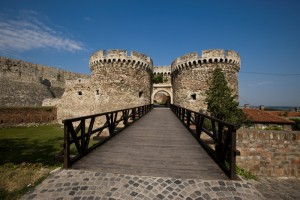
Beside its open-air spaces (Kalemegdan Park, Lower and Upper towns), the closed facilities in the Belgrade Fortress, quite different by many characteristics from other venues in the city, may also be used: dungeons, the Great Gunpowder Storeroom, Inner Stambol gate, the Military Museum, the Nebojša Tower… Their history and authenticity, with specific interiors hard to find elsewhere, surely suffice for a good recommendation to use the objects.
In the recently reconstructed Nebojša Tower open to public in the Lower Town, presently we can use an annexe to the Tower, and after the multi-functional hall is completed it will be used to organize various events: open discussions, scientific gatherings, round tables, exhibitions, fashion shows, theatrical plays, performances… Once finished, it will certainly be one of the most attractive scenes in the city, due to its spaciousness (around 500 seats), adaptability, and the fact that it leans onto the mediaeval Nebojša Tower erected by the mid 15th century.
3. According to your experience, what are the most frequent and what are the most unusual requests put to you by some of the event organizers?
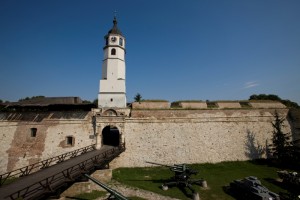 Recently, the greatest interest is shown for the Nebojša Tower, but we can expect it to be fully operational for use of its capacities only after the multi-functional hall is completed. In 2010 most events were held in the open. As those were rather diverse happenings regarding the equipment needed for their realization, the number of people or performers, and all other points concerning the organization of those manifestations, each had specific requests: ranging from the size of the stage, the screens for various projections at the most varying spots, to the construction of their own stage props or virtually changing the interior and exterior settings (most often when shooting a film, a television soap opera or an advertising clip).
Recently, the greatest interest is shown for the Nebojša Tower, but we can expect it to be fully operational for use of its capacities only after the multi-functional hall is completed. In 2010 most events were held in the open. As those were rather diverse happenings regarding the equipment needed for their realization, the number of people or performers, and all other points concerning the organization of those manifestations, each had specific requests: ranging from the size of the stage, the screens for various projections at the most varying spots, to the construction of their own stage props or virtually changing the interior and exterior settings (most often when shooting a film, a television soap opera or an advertising clip).
4. The event proudly recounted these days is the opening of the Nebojša Tower. Can you tell us some more about this particular venue?
Reconstructive works executed to enable usage of the Nebojša Tower again were the most encompassing task ever done in Serbia in the field of cultural heritage preservation. The works engaged 18 institutions and defence companies, with 148 professionals. 60 people worked each day at the reconstruction site. The construction was completed in record time (one year), and the exhibition was set up and completed in March this year. The importance of the Nebojša Tower, not only to the city, but also to Serbia and Greece, which allotting the largest donation in the field of culture ever granted to Belgrade, is also shown by the fact that the Tower was formally opened by presidents of Serbia and Greece Boris Tadić and Karolas Papuljas, escorted by the mayor of Belgrade Dragan Đilas.
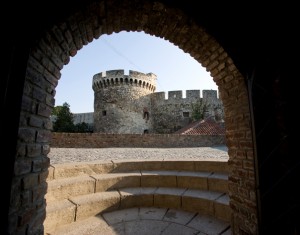
With the reconstructed Nebojša Tower, Belgrade acquired a new cultural venue which offers something quite different, modern and unique. A modern-style lecture in history, with PCs, projectors and digital frames, makes this exhibition the most sophisticated one in town. The fact that such a concept is presented in a mediaeval tower (built in the 15th century) brings an unexpected bland of old and new, of the modern and the traditional, of past and future.
All those who participated in the realization of this project have but one wish – for the Nebojša Tower to become the focus of cultural gatherings, a venue where numerous manifestations of varied character could be organized. That is why it is necessary to complete the multi-functional hall, the opening of which would finally terminate the project of including the Nebojša Tower in the city cultural life.
5. For the end, is there an event you would distinguish as ‘an event to remember’? What sets it apart from others?
To us it was certainly the opening of the Nebojša Tower – an event we were ready for and waited to happen for such a long time, so it has to be the event of the year.






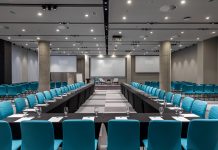
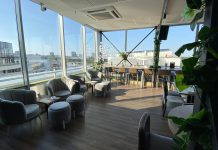













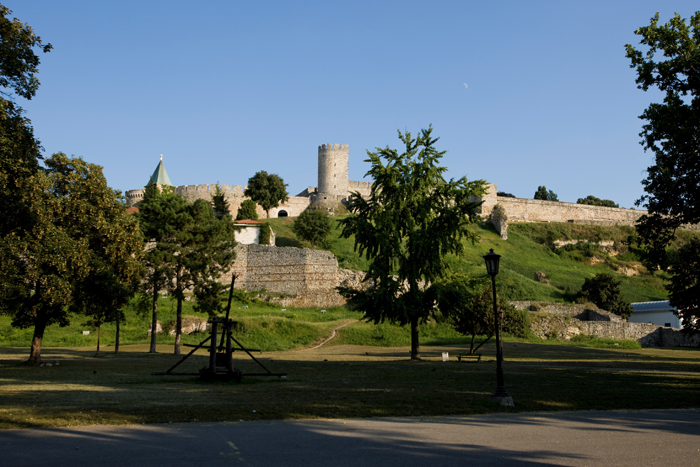














 Srpski
Srpski English
English